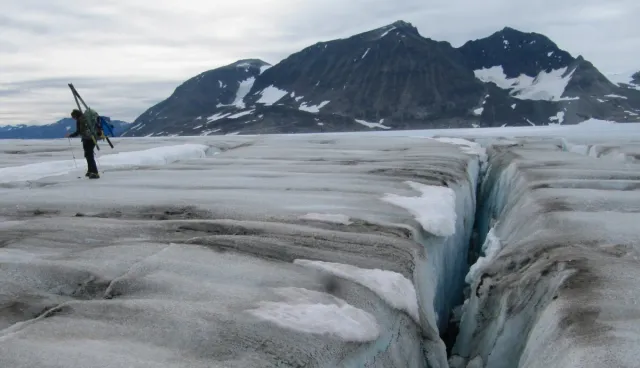Melting ice in Switzerland
In Switzerland, the retreat of glaciers is reshaping landscapes and raising concerns about water security across Europe. A recent event in Blatten highlighted the risks: the Birch Glacier began moving unexpectedly, forcing the evacuation of around 300 residents. Shortly after, the glacier collapsed, covering parts of the valley with debris, rocks, and mud, and burying several structures.
Scientific evidence of rapid change
Researchers at ETH Zurich have documented significant ice loss in the Swiss Alps. From 1931 to 2016, glaciers lost half of their volume. In just the following six years, they lost an additional 12%. The Rhône Glacier, source of the Rhône River, currently shrinks by several meters each year in both thickness and length. Experts warn that if current trends continue, many of these glaciers may vanish by the end of the century.
Impacts on European rivers
Glaciers act as “natural water towers,” storing and releasing meltwater during hot and dry summers. Without them, rivers such as the Rhine, Danube, and Po will experience profound changes in flow patterns. This shift could affect ecosystems, agriculture, and economic activities across the continent.
In Germany, the Rhine River has already faced prolonged periods of low water levels. During the drought of 2018, barges could not navigate sections of the river, disrupting trade and prompting companies to design new low-water vessels capable of operating in shallower conditions.
A visible sign of global warming
Glaciers have become a clear indicator of climate change. Their accelerated retreat not only alters alpine landscapes but also signals broader challenges for Europe’s water management and ecological balance. The loss of these natural reservoirs underscores the urgency of adapting to a rapidly changing environment.







